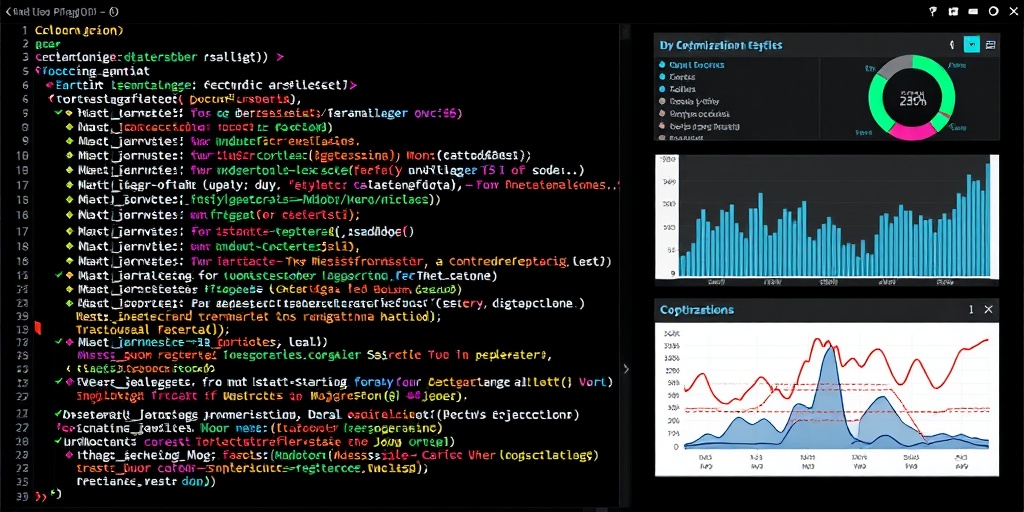 DevelopmentDec 12, 20246 min read
DevelopmentDec 12, 20246 min readHow to Optimize Your JSON Data for Better Performance
Learn advanced techniques to format, validate, and optimize JSON data structures for faster web applications and better user experience.
Sarah Chen
Senior Full-Stack Developer

Why JSON Optimization Matters
JSON (JavaScript Object Notation) has become the standard for data exchange in web applications. However, poorly optimized JSON can significantly impact your application's performance, especially when dealing with large datasets or mobile users with limited bandwidth.
Performance Impact
- • Larger JSON files increase download times and bandwidth usage
- • Complex nested structures slow down parsing and processing
- • Redundant data wastes memory and storage space
- • Poor formatting makes debugging and maintenance difficult
Before Optimization
- • 50KB JSON file
- • 200ms parsing time
- • 3 API calls required
- • High bandwidth usage
After Optimization
- • 15KB JSON file (70% smaller)
- • 60ms parsing time
- • 1 optimized API call
- • Reduced bandwidth usage
JSON Structure Optimization
1. Minimize Nesting Levels
Deep nesting makes JSON harder to parse and process. Flatten structures when possible:
❌ Deep Nesting
{
"user": {
"profile": {
"personal": {
"contact": {
"email": "user@example.com",
"phone": {
"mobile": "123-456-7890"
}
}
}
}
}
✅ Flattened
{
"user_email": "user@example.com",
"user_mobile": "123-456-7890"
}2. Use Shorter Key Names
Shorter keys reduce file size, especially in arrays with many objects:
❌ Long Keys
{
"userIdentification": 123,
"userName": "john_doe",
"userEmailAddress": "john@example.com",
"userRegistrationDate": "2024-01-01"
}✅ Short Keys
{
"id": 123,
"name": "john_doe",
"email": "john@example.com",
"registered": "2024-01-01"
}3. Remove Null and Empty Values
Eliminate unnecessary null values and empty arrays/objects:
❌ With Nulls
{
"name": "John",
"middleName": null,
"age": 30,
"children": [],
"spouse": null,
"hobbies": ["reading"]
}✅ Cleaned
{
"name": "John",
"age": 30,
"hobbies": ["reading"]
}Data Type Optimization
Use Appropriate Data Types
Choose the most efficient data type for each value:
❌ String Numbers
"price": "19.99"❌ String Booleans
"active": "true"❌ Redundant Arrays
"tags": ["single-item"]✅ Numeric Values
"price": 19.99✅ Boolean Values
"active": true✅ Single Values
"tag": "single-item"Numeric Optimization
Optimize numeric values for better performance and smaller size:
Integers
Use integers for whole numbers:
"quantity": 5Floats
Limit decimal places:
"price": 19.99Scientific
Use for large numbers:
"distance": 1e6JSON Compression Techniques
1. Minification
Remove unnecessary whitespace and formatting:
Before: 1,250 bytes
After: 890 bytes (29% smaller)
2. GZIP Compression
Enable server-side compression:
Original: 50KB
Compressed: 12KB (76% smaller)
3. Schema Optimization
Use consistent patterns and structures:
Consistent keys aid compression
Better GZIP ratios
4. Binary Formats
Consider alternatives for large datasets:
MessagePack, Protocol Buffers
Up to 50% smaller than JSON
API Response Optimization
Pagination and Filtering
Instead of returning all data, implement pagination and filtering:
❌ All Data
{
"users": [
// 10,000 user objects
{...}, {...}, {...}
]
}Response size: 2MB
✅ Paginated
{
"users": [...], // 20 users
"total": 10000,
"page": 1,
"limit": 20,
"hasMore": true
}Response size: 4KB
Field Selection
Allow clients to specify which fields they need:
/api/users?fields=id,name,emailValidation and Error Handling
Schema Validation
Use JSON Schema to validate structure and catch errors early:
// Validate before processing
// Catch malformed data
// Ensure type safetyError Optimization
Structure error responses consistently:
{
"error": {
"code": 400,
"message": "Invalid input",
"field": "email"
}
}Performance Monitoring
Key Metrics to Track
File Size
Monitor JSON payload size
Parse Time
JSON parsing performance
Network Time
Transfer speed measurement
Memory Usage
RAM consumption tracking